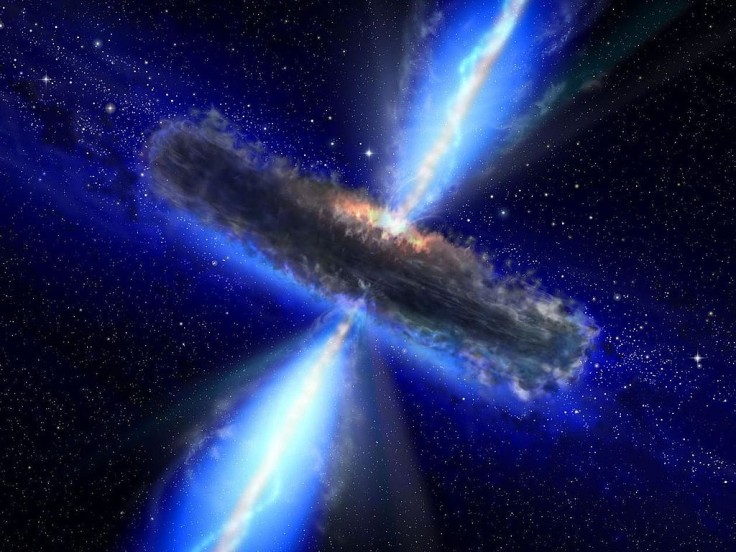
A new incredible image of rings around a black hole has astounded astrologers. The observation was captured using NASA's Chandra X-ray Observatory and Neigh Gehrels Swift Observatory. Now, scientists are looking into how dust is located in our galaxy.
The NASA Chandra X-Ray Observatory
The Chandra X-ray Observatory is special space telescope whose mission is to detect X-ray emission from very hot regions of the universe. These areas of high temperatures include exploded stars, clusters of galaxies and matter around black holes.
Chandra needs to orbit at up to an altitude of 86,500 miles or 139,000 kilometers because X-rays are absorbed by the Earth's atmosphere. The Chandra X-ray Center is located in Cambridge, Massachusetts, and the observatory is hosted by the Smithsonian Astrophysical Observatory.
In 2019, Chandra celebrated its 20th anniversary. It was launched and deployed on July 23, 1999. To this day, it is the most sophisticated X-ray observatory. Chandra's images are 25 times sharper than previous X-ray pictures, providing crisp and clear images of the hot turbulent regions in space.
@chandraxray captured a magnificent set of rings around a black hole 7,800 light-years away from Earth in a binary system called V404 Cygni. #blackhole #nasa pic.twitter.com/UmtdZa7zez
— Space Burst (@space_burst) August 6, 2021
V404 Cygni Black Hole Rings
The black hole in the image is part of a system called V404 Cygni. It is actively pulling material away from a companion star into a disk around the invisible object, NASA explained. The material glows in X-rays, and astronomers refer to these systems as "X-ray binaries."
On June 5, 2015, astronomers discovered a burst of X-rays from that binary system. The burst created high-energy rings, a phenomenon called "light echoes." The light echoes were produced when a burst of X-rays from the black hole system bounced off dust clouds between V404 Cygni and Earth.
According to NASA, cosmic dust is not like household dust and takes more similarity to smoke, consisting of tiny and solid particles that form half rings around a black hole.
Amazing Rings Around a Black Hole: This composite image features a spectacular set of rings around a black hole, captured using NASA's Chandra X-ray Observatory and Neil Gehrels Swift Observatory.
— ASSOCIATION OF BANGALORE AMATEUR ASTRONOMERS(ABAA) (@abaaonline) August 6, 2021
Credit : X-ray: NASA/CXC/U.Wisc-Madison/S. Heinz et al.; Optical/IR: Pan-STARRS pic.twitter.com/ky6P7JQRaX
The light blue concentric rings created by the X-rays from V404 Cygni were captured in a new composite image and combined with optical data from the Pan-STARRS telescope on Hawaii that show the stars in the field of view.
A total of 50 observations were made and analyzed in 2015 between June 30 and August 25. Chandra observed the system on July 11 and 25. The operators of Chandra found it to be such a bright event and decided to place V404 Cygni in between the detectors so that another bright burst would not damage the instrument on the Observatory.
The rings enabled astronomers to have a better understanding of the black hole's behavior and the landscape between the V404 Cygni system and Earth. The dust itself was also studied and found out that the dust is most likely a mixture of graphite and silicate grains.
The varrying compositions of dust surrounding the back hole resulted in different amounts of the lower energy X-rays being absorbed and prevented from being detected by Chandra, NASA explained. The changes in dust cloud densities are also not uniform in all directions after previous studies assumed that they did not.









